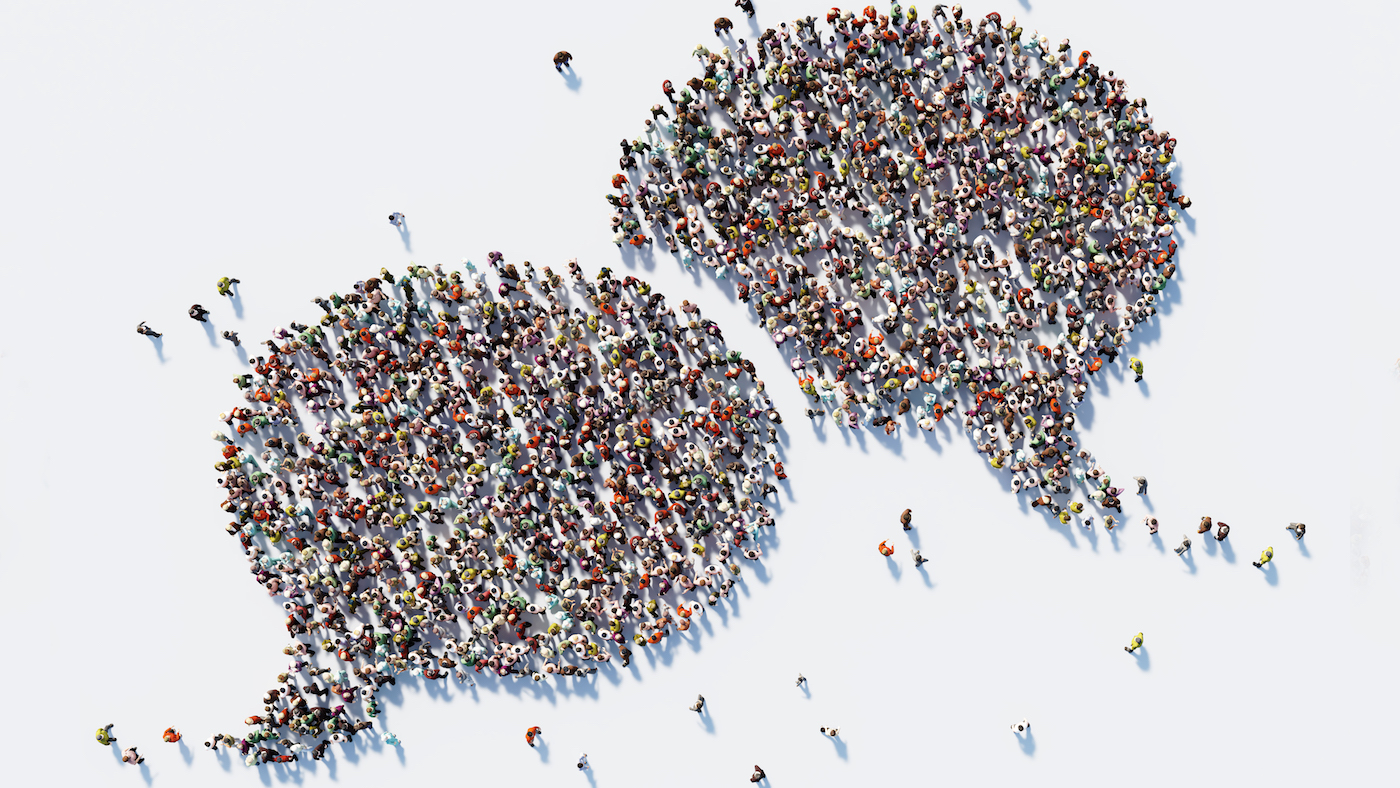Global content needs to display respect and dignity to all audiences irrespective of gender, race, sexuality or any other criteria. So choose your words wisely – across all languages.
Implementing more inclusive language to deliver content that does not exclude people on the grounds of gender, race, class, sexuality, disability, or any other criteria, is causing organizations to consider how they communicate – and what they must change operationally, when translating and interpreting. Many large businesses have already defined their Diversity, Equity, and Inclusion (DEI) strategy, but what does that mean when it comes to international audiences or domestic multicultural communities? Does the strategy even translate? And how does it affect the processes already in place for translation and interpreting?
What challenges does global inclusivity pose?
Many companies, government bodies, and not-for-profit organizations now have their own Diversity, Equity, and Inclusion (DEI) policies – at least, in English – published on their websites. They apply these rules in both ...
Read more after login
tekom members can log in directly with their "My tekom" access data.
You are not yet a tekom member, but would like to read one or more articles in full? Then you have the opportunity to register on the internet portal of the technical journal 'tcworld' without obligation. Once you have registered, you can select any three specialist articles and view them in full for a period of two months. The selection will then be deleted and you can select three new articles for the next two months.
As a tekom member you benefit from the following advantages::
- Online access to all articles of the trade magazine 'tcworld magazine'
- Exclusive specialist articles from all areas of technical communication
- Regular new articles from over 300 authors
- The technical journal 'tcworld magazine' as a printed edition
- Reduced admission prices to tekom conferences
- Membership fees for tekom publications
- Access to 'my tekom', the web forum with job offers / job requests, appointments, expert advice, service provider file and much more
Login
Registration
Promised: The trade magazine 'tcworld magazine' is the best we have. And we don't make the choice easy for ourselves. Every month, the editorial staff of the technical journal 'tcworld magazine' publishes the latest articles by renowned authors. This demanding selection is available exclusively to members of tekom (as usual, including the printed edition).
The trade magazine 'tcworld magazine' stands for intelligently prepared specialist articles, texts written to the point, informative content, surprising insights, international perspectives and communicates technical communication in an understandable, fast, clear and uncomplicated way - exclusively for you.

